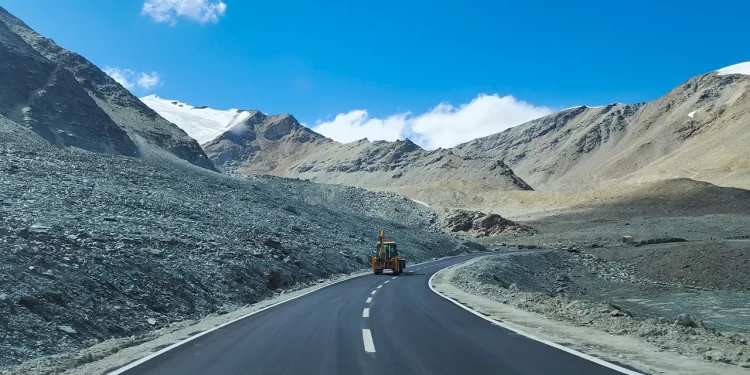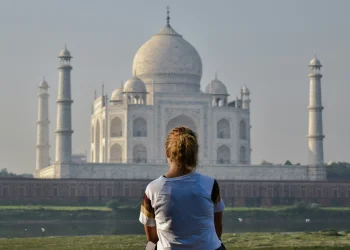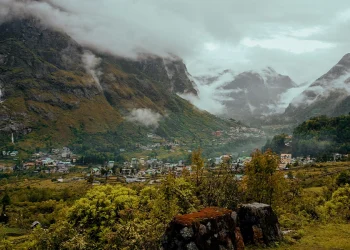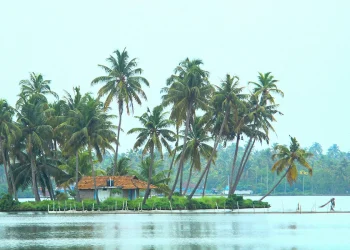Manali: The Border Roads Organisation (BRO) has opened a new route connecting Manali in Himachal Pradesh to Leh in Ladakh via Darcha and Nimmu. This 298-km road is a significant development in enhancing all-weather connectivity to the strategically important Ladakh region.
The project faced delays due to the challenging Himalayan terrain. Initially estimated at Rs 251 crore and targeted for completion by 2012, the final cost increased nearly tenfold. Construction took almost 20 years to finish.
Also Read: Top Sustainable Tourism Destinations Around The World
The new road will be the third link connecting Ladakh to the mainland, providing a shorter and more direct route than the current Manali-Sarchu-Leh and Srinagar-Leh highways. It will run from Nimmu on the Kargil-Leh Highway to Padum in the Zanskar Valley and extend to Darcha village in Lahaul and Spiti.
The existing Manali-Leh route via Sarchu is approximately 427 km long and passes through four high mountain passes. The Darcha-Padum-Nimmu road, on the other hand, only has one pass – Shinku La (16,558 feet). To ensure year-round, all-weather connectivity, a 4.1-kilometre tunnel will be constructed under Shinku La to address challenges posed by harsh winters and seasonal closures.
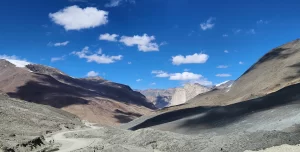
Project Yojak Director Col. Vikas said the BRO team had successfully established initial connectivity by cutting through challenging rocky terrain. He emphasized the dedication of the workforce, highlighting their efforts in working double shifts even during winter to achieve this milestone.
Also Read: 9 Days Of Walking Solo Across Spiti Valley
He added that work on blacktopping and further improvements would continue. The tender process for the Shinku La tunnel is complete, with construction slated to begin in June 2024.
The journey from Padum to Leh via Kargil takes over nine hours. The new road is expected to reduce travel time to around five hours, providing a crucial year-round link to Leh, especially for accessing necessary medical facilities. Improved connectivity is also expected to boost tourism in the region, known for its breathtaking Himalayan landscapes.

Founded in 2016, The Traveller Trails is a print and digital magazine and a trusted source for current news, trends, analysis, opinions, interesting blogs, videos and exclusive interviews from every corner of the world.


